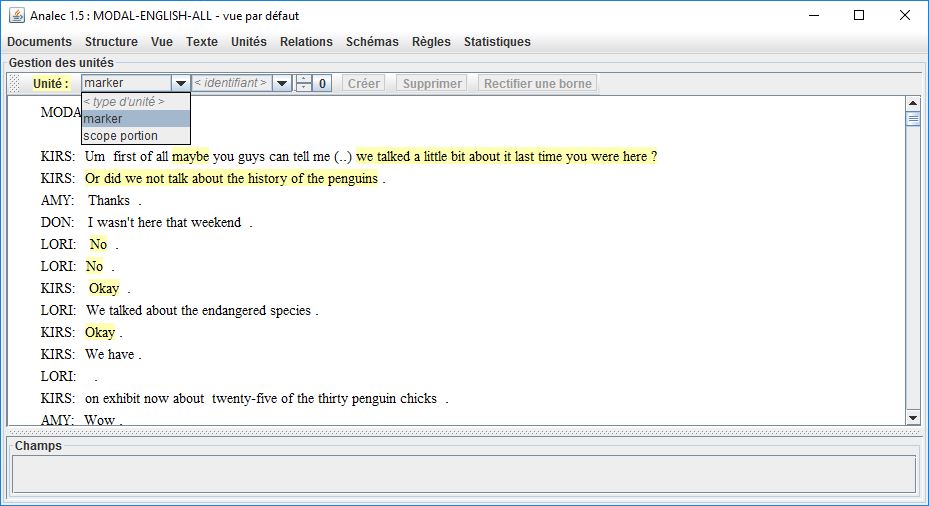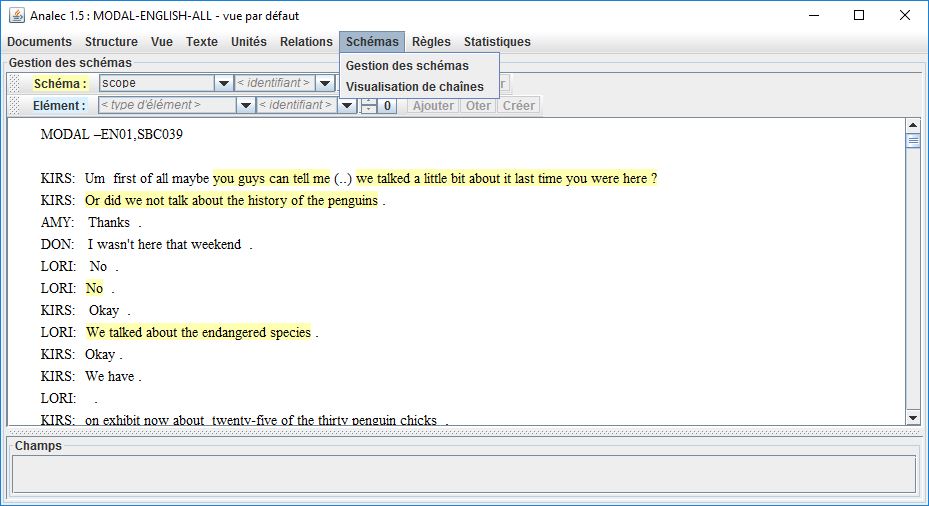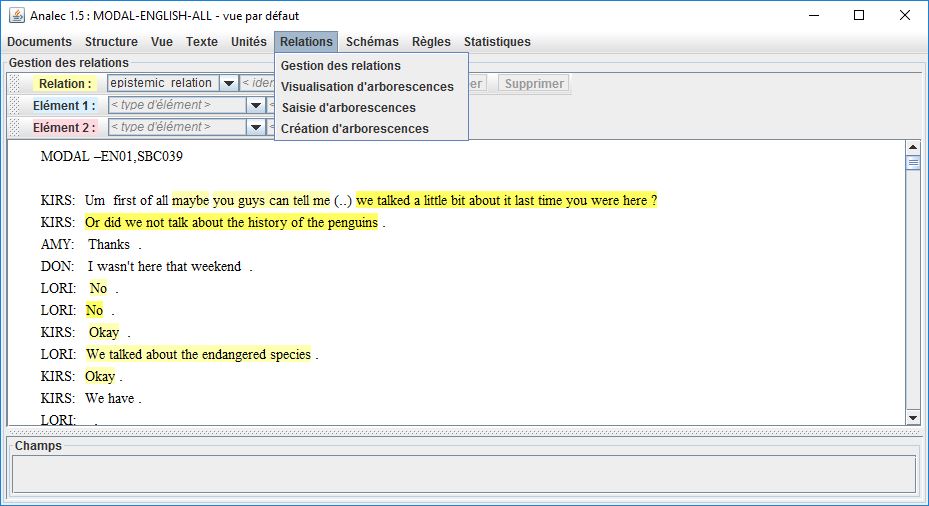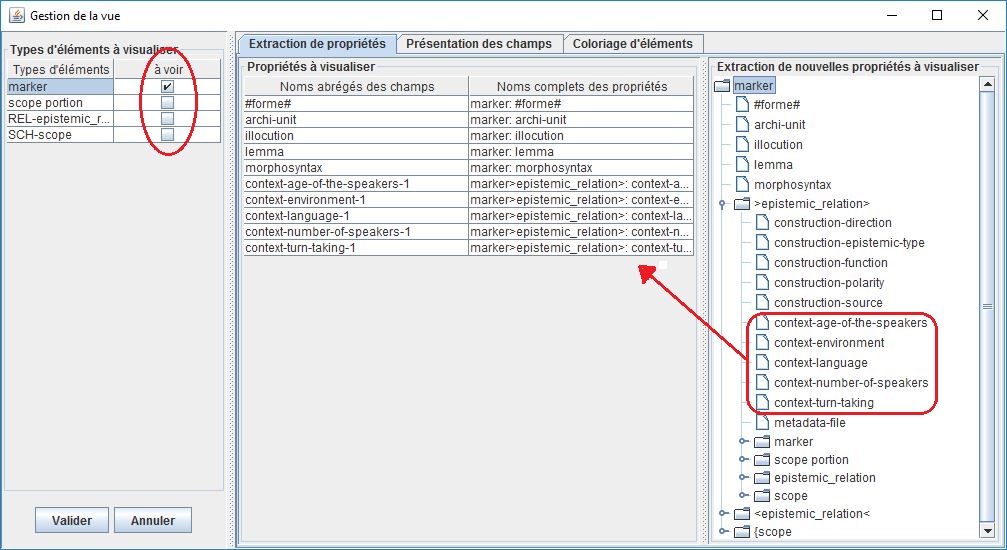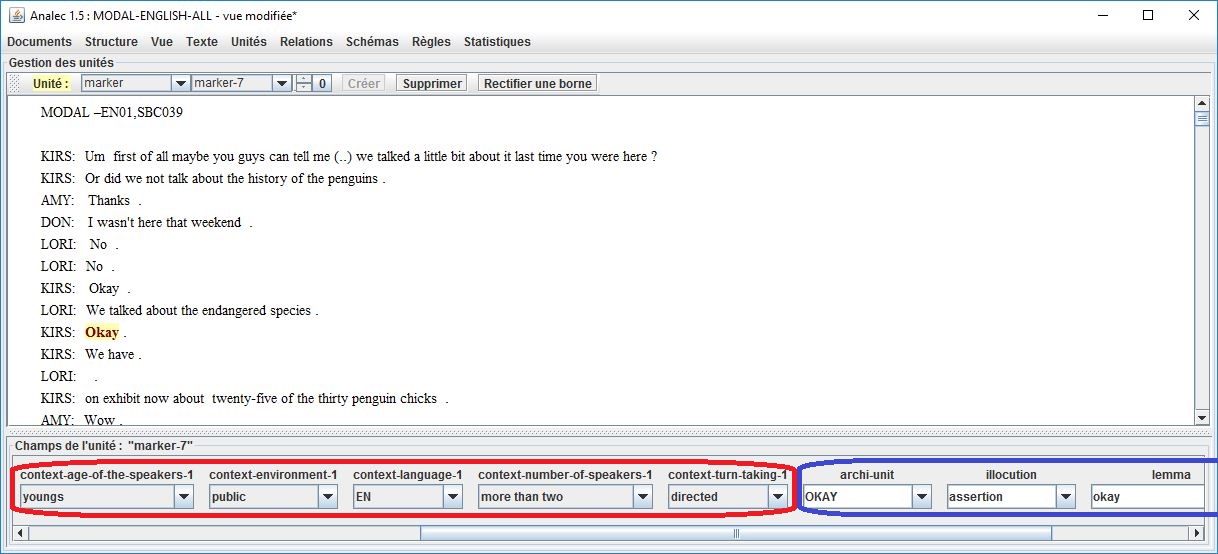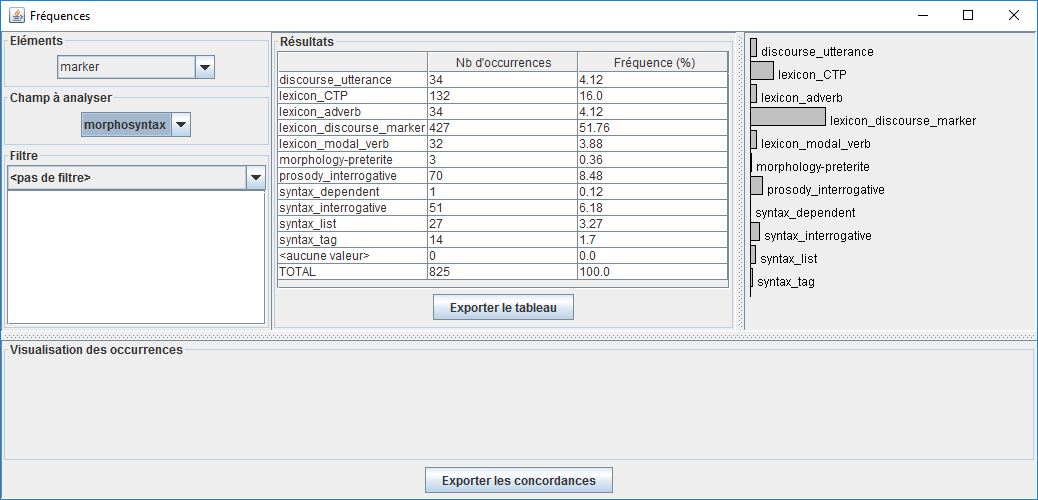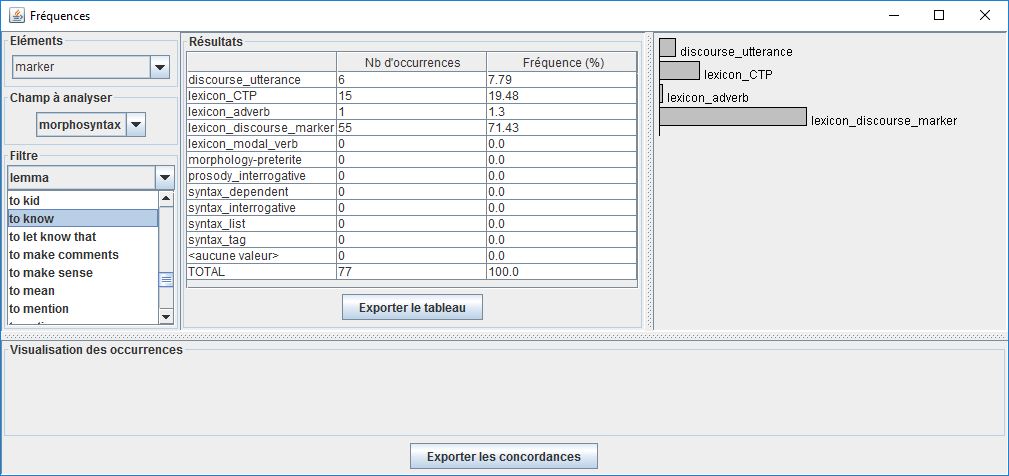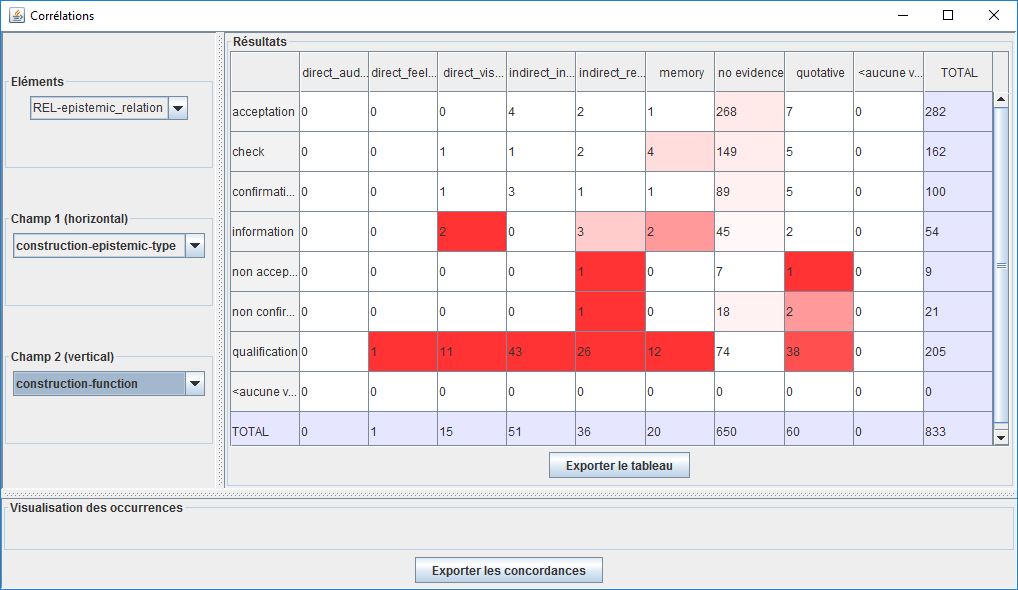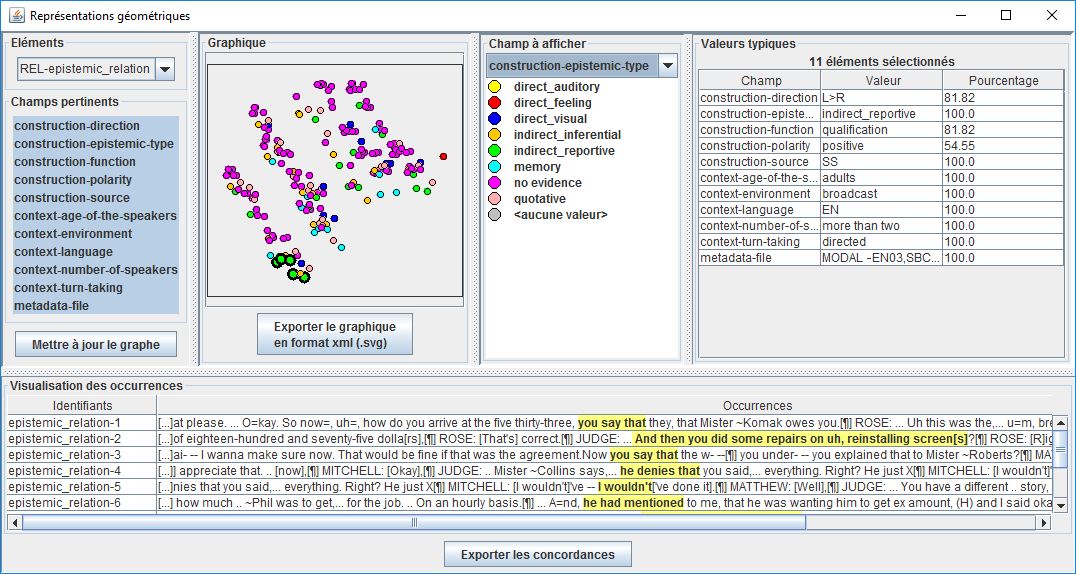Cognitive-functional approaches to modality ground the very definition of epistemicity in the notion of commitment. Let us examine for example the following three quotations:
Any utterance in which the speaker explicitly qualifies his commitment to the truth of the proposition expressed by the sentence he utters…is an epistemically modal, or modalized, utterance. (Lyons, 1977: 797)
The term “epistemic” should apply not simply to modal systems that basically involve the notions of possibility and necessity, but to any modal system that indicates the degree of commitment by the speaker to what he says. In particular, it should include evidentials such as “hearsay” or “report”…or the evidence of the senses. Palmer (1986: 51)
Epistemic forms establish a position of…commitment with respect to the propositional content of the clause. (Verstraete, 2001: 1523)
These quotations show that the notion of commitment to which cognitive-functional approaches refer is regarded as an attitude, of a particular type: it is (i) private, (ii) static and (iii) discourse-independent. (i) Lyons and Palmer speak explicitly of the “speaker’s commitment”. There is no room in their conception of commitment for the idea that commitment may be shared by the participants in discourse. (ii) Lyons and Palmer speak of “the speaker’s commitment”, while Verstraete refers to “A…position of commitment”. In all cases, commitment is viewed as a unique attitude which does not change over discourse. (iii) Lyons and Palmer state that modal forms “indicate”, or “qualify” the commitment of the speaker. In this perspective, commitment is regarded as an attitude that pre-exists discourse and that is merely described by, rather than constructed through, discourse.
This take on commitment entails that epistemicity is regarded as a solipsist, static, descriptive category: epistemicity is viewed a category that merely serves to describe (rather than construct) a static (rather than dynamic) attitude held by a single speaker (rather than a shared attitude). Since our initial efforts to develop an annotation scheme for epistemicity, we realized that such a definition of epistemicity would not allow us to account for a variety of constructions that are particularly frequent in discourse and that intuitively have much to do with the expression of truth evaluation.
Let us examine examples (1) through (3):
(1) D: per cui uno ripete le stesse cose no ? C: e' vero[1]
D: so one always repeats the same things don't you agree? C: true
(2) C: ma secondo me li’ c'e' molto l’istinto materno represso eh? A: lei? C: ah E: dici?
A: non mi sembrava
C: but in my opinion there is a lot of repressed maternal instinct. A: who? her? C: ah E: are you sure? A: I didn't get that impression.
(3) C: Oreste Del Buono sta facendo sti racconti in tv A: ah si’? dove su? C: credo rai uno non lo so
C: Oreste Del Buono is telling these tales on TV A: really? which channel? C: I think Rai Uno I don’t know
These examples challenge respectively the solipsist, the descriptive and the static approach to epistemicity. Example 1 shows that commitment is not a private attitude, rather it is an attitude that speakers aim to share with one another: the markers no? ‘don’t you agree?’ and è vero ‘true’, for example, are used by the speaker respectively to solicit the truth evaluation by her interlocutor and to accept the interlocutor’s evaluation. Example 2 shows that commitment is not a pre-existing attitude which is merely described in discourse: the commitment agreed on, indeed, ‘it is unlikely that there is some repressed maternal instinct’ did not exist before this exchange and it was only reified in discourse through the negotiation between the speakers. Finally, example 3 shows that commitment can change in discourse: while the speaker first considers it probable that the tales were broadcasted by the Rai Uno Channel credo Rai Uno, by saying non lo so ‘I don’t know’ the speaker changes her truth evaluation by diminishing the degree of probability of the truth of the propositional content.
In order to account for the totality of epistemic constructions occurring in dialogues we decided to go back to the notion of commitment originally put forward by Hamblin, and to revisit it in the framework of a communitarian, interactional, dynamic semantics (Ginzburg 2012). As shown by de Brabanter and Dendale (2008), Hamblin’s (1970), original characterization of commitment did not refer to it as an attitude, rather as a propositional token. Hamblin calls “commitment” each of the statements that a speaker adds to the store of statements that he builds as his discourse advances: A speaker who is obliged to maintain consistency needs to keep a store of statements representing his previous commitments, and require of each new statement he makes that it may be added without inconsistency to this store. (Hamblin 1970). By agreeing to consider commitment as a propositional token, discourse can be represented as a succession of commitments. These commitments can correspond to statements, beliefs, claims, assumptions (i.e., truth-bearing semantic objects) as well as to other types of judgments, such as aesthetic or moral judgments of the qualities of a state of affairs, or judgments about the opportunity, or the desirability of the realization of a state of affairs. These different types of commitments realize respectively epistemic (4), appreciative (5), axiological (6), deontic (7), and volitional (8) discourses.
(4) I think he went through a separation with his wife and I think that depressed him. (EnTenTen)
(5) I love your wife, and I think she is beautiful! (EnTenTen)
(6) Quite frankly, I think he has the right to make that decision. (EnTenTen)
(7) I think you are better off fixing the "issues" one by one than going into bankruptcy. (EnTenTen)
(8) I did have a waxing service from one other person here, but I think I will choose to stick with Simona for future waxing services from here. (EnTenTen)
By epistemic commitment we indicate any propositional token that contributes to the construction of an epistemic discourse, i.e., any commitment that can be evaluated in terms of truth value. In order to account for the peculiarities of the construction of commitments in dialogues, we propose to revisit the representation of discourse as a “store of commitments” proposed by Hamblin in the light of the more recent representations of dialogic discourse provided by the communitarian (Stalnaker 1978), dynamic (Groenendijk & Stokhof, 1991) and interactionist (Ginzburg 2012) approaches to semantics. According to Stalnaker 1978 discourse is not merely a stock of commitments produced by a single participant; rather, the participants of a conversation construct a set of shared commitments, the “common ground”. Each of these accepted and shared commitments is intrinsically dynamic, i.e., it has the potential to change the common ground (Groenendijk & Stokhof, 1991) and hence the common ground is better regarded as a dynamic repository of commitments. In this theoretical perspective dialogic discourse is regarded as a process, namely as the process of grounding, i.e., a process by means of which commitments become part of the common ground (Clark & Brennan 1991). As shown by Ginzburg (2012: 8) the process of grounding is an interactive process involving “multiple agents with distinct beliefs, and desires”. This process may entail “misunderstanding, rejection, correction […] as well as success”. We can thus call epistemic grounding the communitarian, dynamic, interactional process that allows for grounding, or attempting to ground, epistemic commitments in discourse.
In this renewed perspective, we can define as epistemic any construction that explicitly signals the process of construction of epistemic grounding, i.e., any construction that serves to explicitly signal the process of shared attribution of a truth value to the propositional tokens that compose a discourse. This reappraisal of the notion of epistemicity has at least two important consequences for the identification of epistemic constructions. First, we can consider as epistemic any construction that attributes a truth value to a propositional content, regardless of whether it serves the function of merely qualifying it, as in (9) or the function of negotiating it (checking, confirming, etc., see section 6.1.5 for a complete typology) as in (10) and (11):
(9) A: forse non non lo so non riesco a spiegamme
A: maybe I don’t know I cannot explain it
(10) a te Giovanna non ti piace l'aglio vero?
you don’t like garlic, Giovanna, right?
(11) A: gli fa comodo la situazione G: ah certo
A: he has his own interest in this situation G: oh yes, it is true
Secondly, by taking up Hamblin’s distinction between epistemic commitment and other types of commitments we also consider truth evaluation as a crucial element for the definition of epistemicity. This allows us to avoid a frequent mistake consisting in considering as epistemic constructions that serve in fact to evaluate a commitment aesthetically, morally or in terms of opportunity and desirability. We have seen for example, that the mere presence of the marker “I think” in (5) through (8) is not sufficient justification for considering the constructions occurring in these utterances as epistemic, since they do not express truth evaluations about the commitments that they express respectively.
[1] All the example in this article are drawn from the VoLip Corpus .
Paola Pietrandrea
See also P. Pietrandrea, submitted. Epistemic Constructions at work. A corpus study on spoken Italian dialogues.
